Everyone who has leased small apartments in the city has actually experienced a minimum of one not-so-great uncomfortable kitchen format.
Confined rooms, inadequate reasoning, and a general lack of care tend to cause annoying characteristics like cabinets that can not open up fully or a stove that knocks right into the galley kitchen wall surface …
The fact is that there are straightforward ways to function around little or uncomfortable kitchen areas if you wish to plan out a practical kitchen format.
There are a lot of aspects to be taken into consideration when dealing with an uncomfortable or small kitchen room– but one of the most crucial factors actually counts on exactly how you plan to utilize your space on a day-to-day basis.
You most likely don’t require the ever-popular L-shaped kitchen if you do not do much entertaining– yet an extra typical galley kitchen will certainly be no good if you desire your kitchen to serve as the social center of your residence.
Whether you’re trying to find a means to enhance your kitchen storage room, or you desire a kitchen that makes it enjoyable and costs high-quality time a breeze, below are some vital expert-approved variables you’ll wish to think about before making any major moves or renovations.
1. Prioritize a kitchen with a view
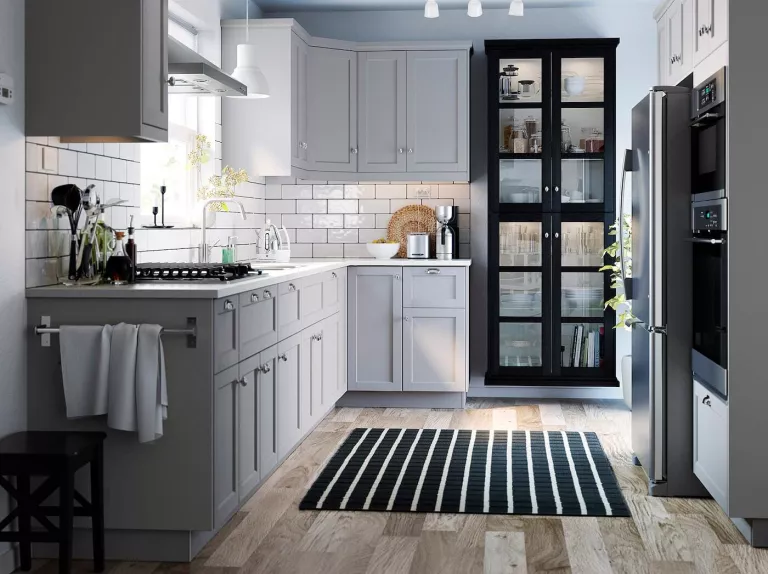
‘I would absolutely advise a much more open layout and a kitchen with a sight,’ states Leah Li, studio supervisor at Visone Design.
‘Whether this is being done by adding an island or peninsula, where family members can collect and also delight in an informal dish with each other.
Or a sink being situated before a window to open up the space before the unarguably ‘worst’job in the kitchen.’
2. Think about your personal workflow

A tiny kitchen can still exist in different means, galley with an island, L-shape with an island, U-shape, etc.
The actual final ‘shape of the kitchen will rely on the existing area, states Li, where the optimal places for important nodes such as cooking station, washing station, and food storage.
Think about just how you utilize your kitchen as well as what home appliances ought to be the most very easy to gain access to.
3. Plan for a multi-purpose space

Generally, an open kitchen motivates interaction and can commonly become the center of the residence, says Li.
It also functions completely in conjunction with the principle of the “Great Room,” which is the idea of combining numerous “center” areas, such as dining, living, and also the kitchen.
This can be a great option if you often tend to invest family time in the kitchen or enjoy a glass of wine with your partner prior to beginning on dinner.
4. Don’t forget about foot traffic
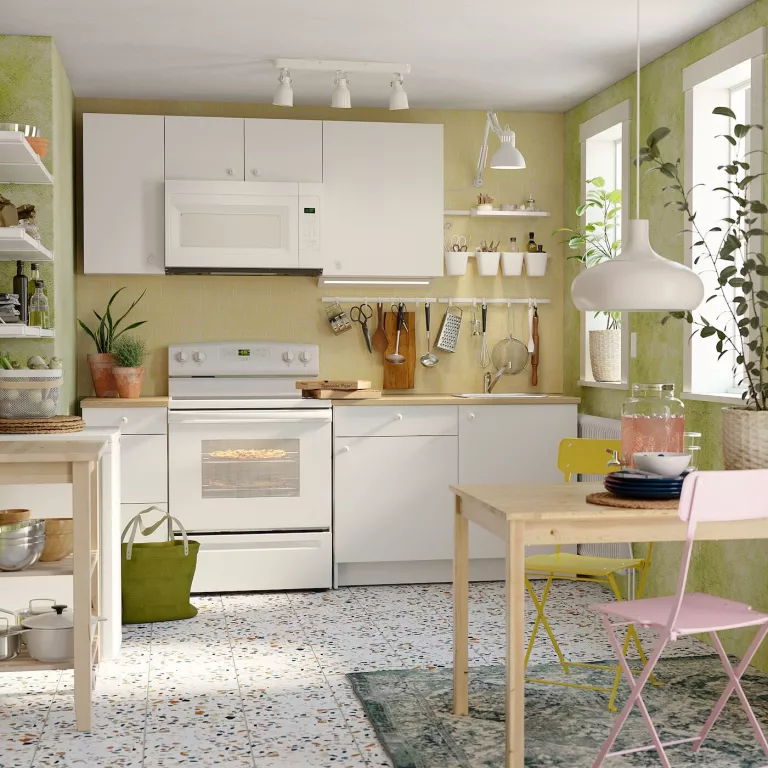
‘One thing to remember when deciding on a kitchen format is traffic,’ describes Andre Kazmierski, CEO of Improve.
‘Kitchens are, naturally, one of the highest-trafficked locations of a home. You intend to make certain that you’re producing a room that alleviates that flow of website traffic, not clogs it.’
Take into consideration marking an area that exists before you also get in the kitchen that can be a catch-all for mail, coats, and knapsacks. Likewise think of developing clear areas for flow, meal prep, and also cooking.
5. Consider adding additional space around the island

A kitchen island is commonly the heart of the kitchen. The room around it must be created with functionality in mind.
‘If the major goal is entertaining and cooking in your home, a great deal of space around the island is crucial to move around easily,’ states Sara Mosele, founder of Sara Mosele Interiors.
If the family members dines in a restaurant a whole lot, on the other hand, the focus needs to be on storage room, probably with a breakfast counter that is portable as well as available.
6. Think about vertical storage for particularly small spaces
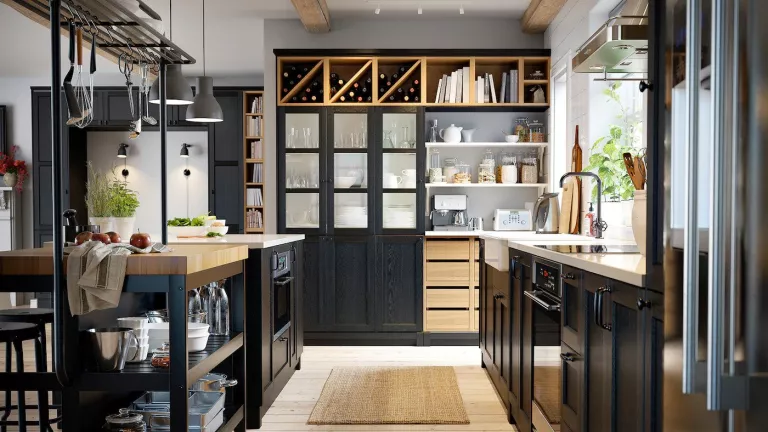
‘The most important consideration is how to take full advantage of the area and functionality within the space,’ says Oshri Adri and Jillian Dahlman, founders of Adri + Dahlman Interiors.
‘Regardless of the design style, we constantly intend to design cabinets that extend to the ceiling.’This offers added storage for the room, but it also avoids an awkward space between the cabinets and the ceiling that certainly comes to be a dust collection agency.
7. Plan out a home for every appliance and accessory

Also, in little kitchens, a great kitchen design will customize the cabinet insides to the demands of the end-user, ensuring that all the devices, tools, appliances, and devices will certainly have a residence.
‘There are countless options for closet insides that are crucial depending upon how people utilize their kitchens. This consists of take out shelving, blade ports, sheet pan ports and corner draws, as an example,’claims Adri as well as Dahlman.
8. Choose appliances that actually fit your kitchen
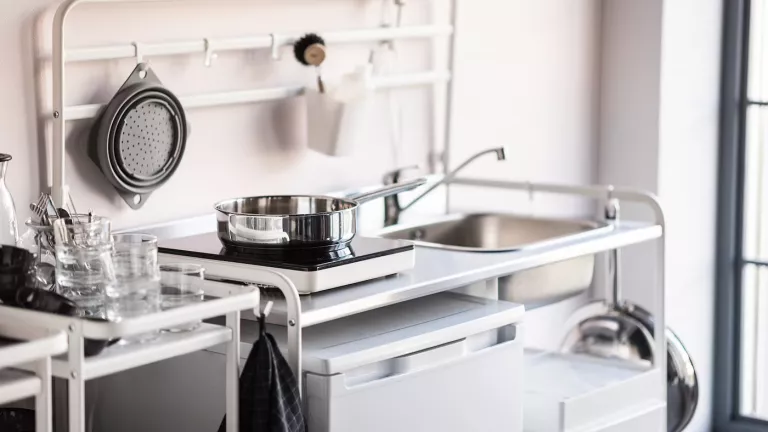
‘It’s important to choose appliances that fit pleasantly in the area which are easy to use,’ mentions Kate Diaz, co-founder of Swanky Den.
‘Choosing to make use of induction cooktops in awkward or tiny kitchen rooms can aid make the layout a lot more efficient by permitting added counter room since there are no open fires.’
9. Make use of aisle space
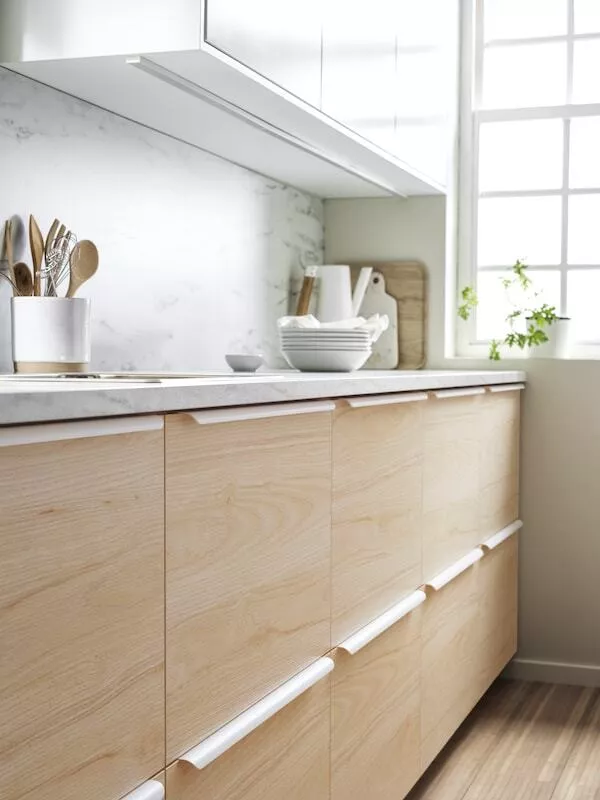
‘For awkward or small kitchen areas, it’s important to consider maximizing the available room,’ claims Diaz.
‘One option is to use a galley layout, a two-sided design with cabinets and home appliances on either side of a narrow aisle.
This layout can be utilized in little rooms, but it can also be made use of in larger kitchen areas to develop a different office or dining area.’
10. Don’t rely solely on trends

‘In terms of layout, kitchen areas should be made realistically with the area in mind,’ discusses Adri and Dahlman.
‘Many people desire a kitchen island that they give up the entire design of the kitchen to fit an island that does not make sense in the space.’
If the area does not permit it, it is perfectly alright to not have an island or an eat-in location.
Trying to add these components right into a room that is also small will just make the use of the kitchen for food preparation and storage space worse.